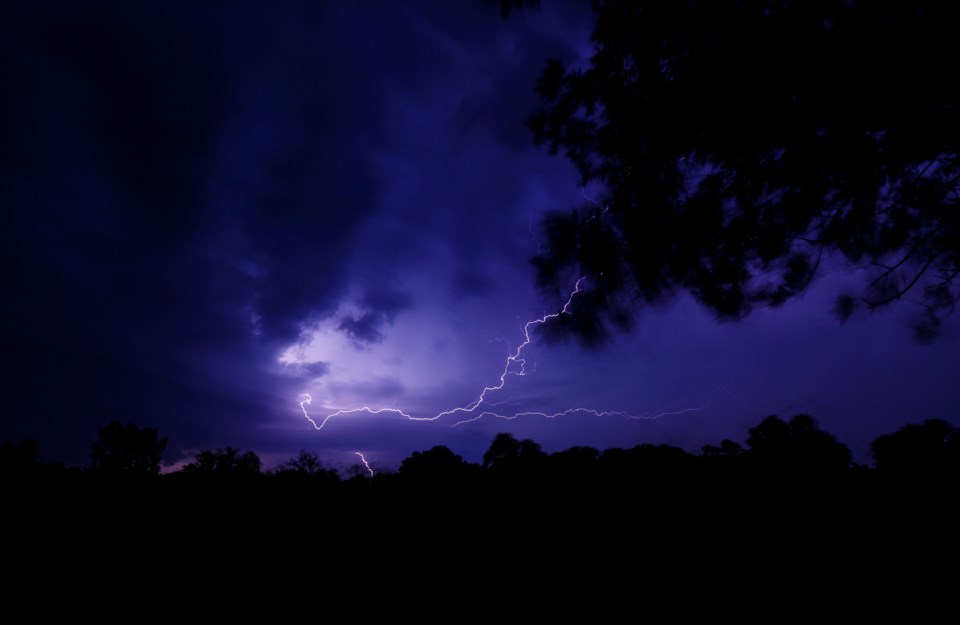The derecho has come and gone, but the Colorado Division of Insurance on Monday issued a few tips for home and car owners hard hit by Saturday’s strong winds and rain.
A derecho, which is what weather experts dubbed the weekend’s damaging storm, is “a large fast-moving complex of thunderstorms with powerful straight-line winds that cause widespread destruction,” according to Merriam-Webster.com.
Just how fast-moving and powerful? In a Facebook post, the Colorado Climate Center at Climate Center at Colorado State University said a preliminary look at the destruction showed statewide there were 91 single-day severe wind reports on Saturday, topping a previous single-day record total of 30, and that strong winds were observed across “essentially the entire state. The line of storms then continued into Wyoming, Nebraska, and South Dakota, producing widespread damaging winds there as well.”
In Longmont, according to the National Oceanic and Atmospheric Administration, wind speeds reached 47 mph at Vance Brand Municipal Airport at 3:35 p.m. Saturday, with gusts not slowing below 20 mph between 1:55 p.m. and 4:15 p.m.
“There are likely some people who suffered storm-related damage to their homes and / or cars on Saturday,” the Division of Insurance stated in an email, which went on to offer the following tips to help people with insurance claims:
-
Start the claim process — Call your insurance company or agent and begin the claim process.
-
Document / mitigate the damage — If the damage to your home is extensive, start taking photos of the property and documenting what was lost. If the damage is repairable, mitigate further damage by placing tarps on roofs or boarding up windows.
-
Ask questions — After you file your claim, work with your insurance company on how your claim will work. In these times of social distancing, companies are not always sending out adjusters, and instead are using different technologies — video, drone, etc. — to assess damage. Once that is done, an adjuster will provide documentation of the loss to your insurance company to determine your claims settlement. Be sure to ask for an itemized explanation of the claim settlement offer. If there is a disagreement about the claim settlement, ask the company for the specific language in the policy that is in question. If this disagreement results in a claim denial, make sure you obtain a written letter explaining the reason for the denial and the specific policy language under which the claim is being denied.
-
Estimates for repair costs can change — Remember, the first estimate for repairs is not always the final estimate. Contractors or body repair shops may often find additional damage once repairs begin. In these cases, it is important to provide additional information about this damage to your insurer before allowing repair work to continue. Improvements or repair work for damage that was not part of the storm will not be covered.
-
Contact the DOI — While claims need to be filed with the insurance companies, the DOI can assist consumers with questions about insurance and the claims process. Call the division at 303-894-7490 or 800-930-3745 or email [email protected].


